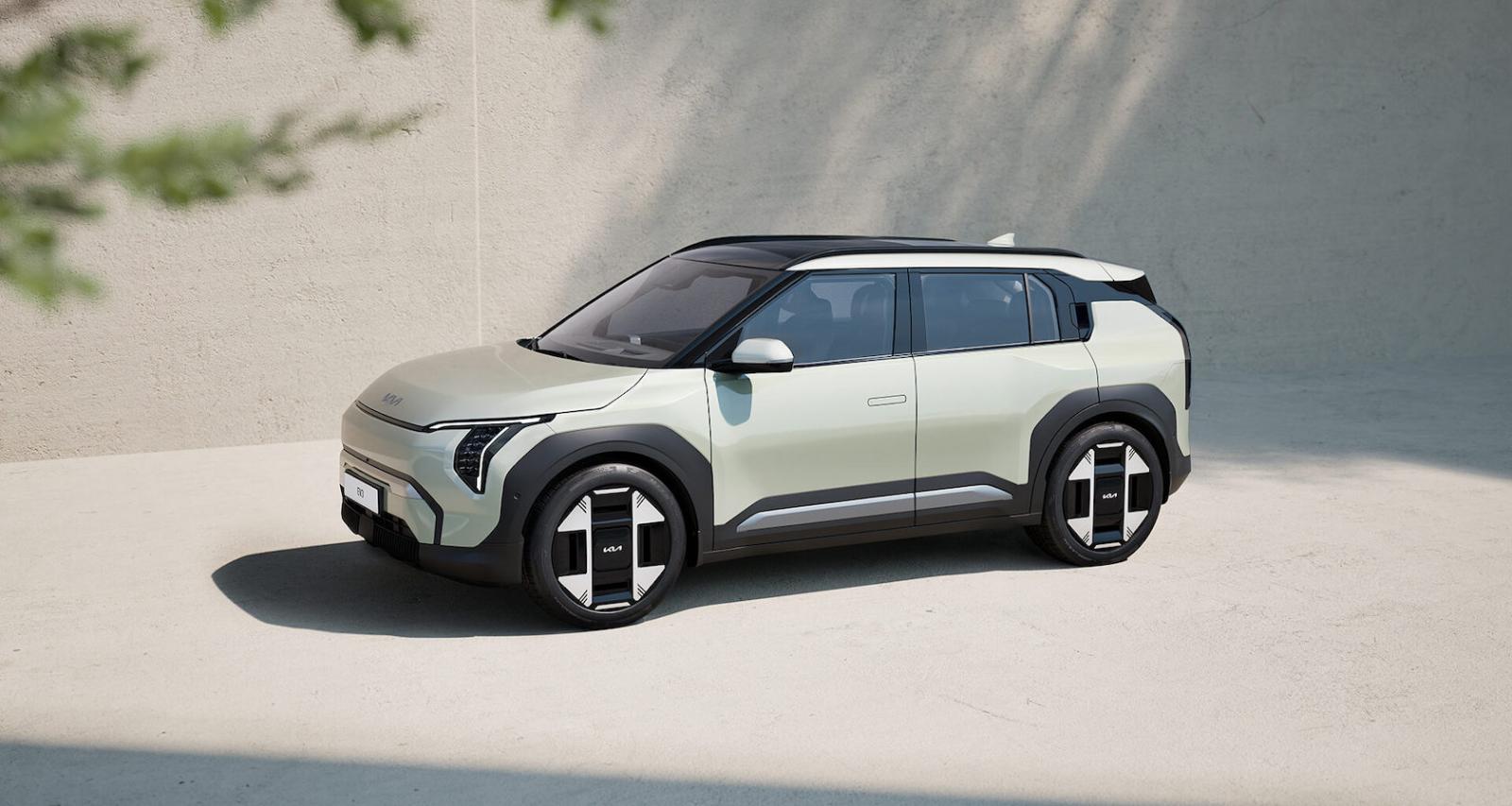In line with its major 2021 makeover, Kia has changed its focus to become what it calls a “sustainable mobility solutions provider.” One of its main goals is to sell 1.6 million EVs a year by 2030, which would translate to 38% of its total sales. The firm intends to accomplish this, in part, by offering a comprehensive range of EVs at more reasonable prices, especially in emerging markets like those in the Asia Pacific area, including Malaysia.
Ki Seok Ahn, President and CEO of Kia Asia Pacific HQ, reaffirmed the company’s intentions for an extended lineup in the region, namely in the price range of USD 35,000 to USD 50,000 (about RM157k to RM224k), during his remarks at the recent 2024 Kia EV Day Asia Pacific.
The Kia EV3, EV5, and EV4 Concept will be among them; the former will make its Asia Pacific debut during the event and commence sales in the region in 2025. With a good WLTP-rated range of 605 km, the small B-segment EV SUV is powered by an 81.4 kWh battery pack.
In contrast, the EV5 was just introduced in Thailand and is priced at THB1.35 million, or roughly RM173k, so expect to see it in Malaysia soon.
Beyond that lineup, Kia is also intending to provide even cheaper EVs that will come in under the USD35,000 pricing mark. The new Kia EV2, which was recently spotted road testing, will be the star of the entry-level market.
Although EVs are the primary focus, an expanded hybrid vehicle lineup—which will include up to eight models by 2026—will also be used to complement the cheaper EVs. The PV5 Concept, which previews the Korean automaker’s next range of “platform beyond vehicles (PBV),” will also be crucial to reaching its objectives.
However, Ahn said that the actual introduction of these models will need to be examined “country to country” on a strategic level because of the “diverse” laws and incentives for EVs in the area.
CARLIST THOUGHTS
Kia will be growing its global EV production facilities in six regions—Korea, the EU, the US, India, China, and Asia Pacific—in addition to its automobiles. In addition to optimising its current production capacity in Korea, the company stated that its new EV production facilities will start operating next year. However, it did not provide further details on these plans.
